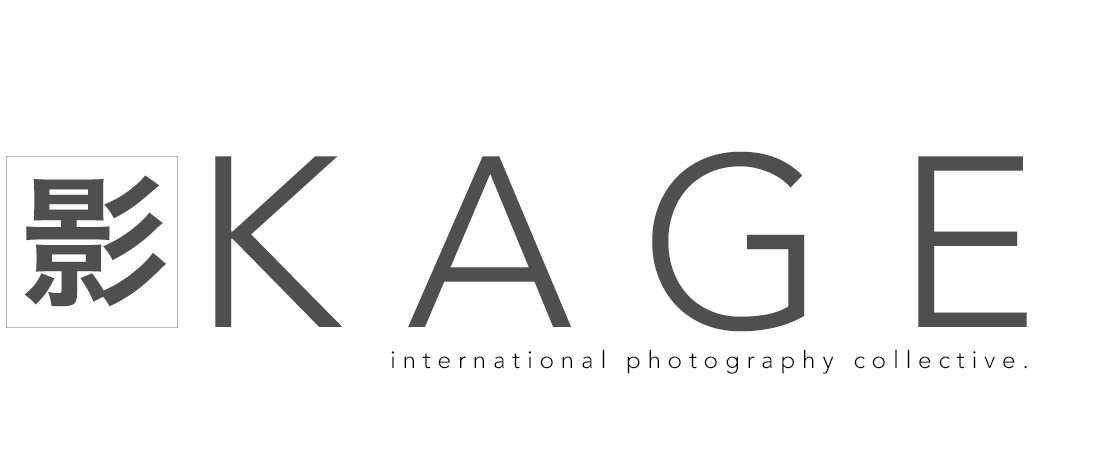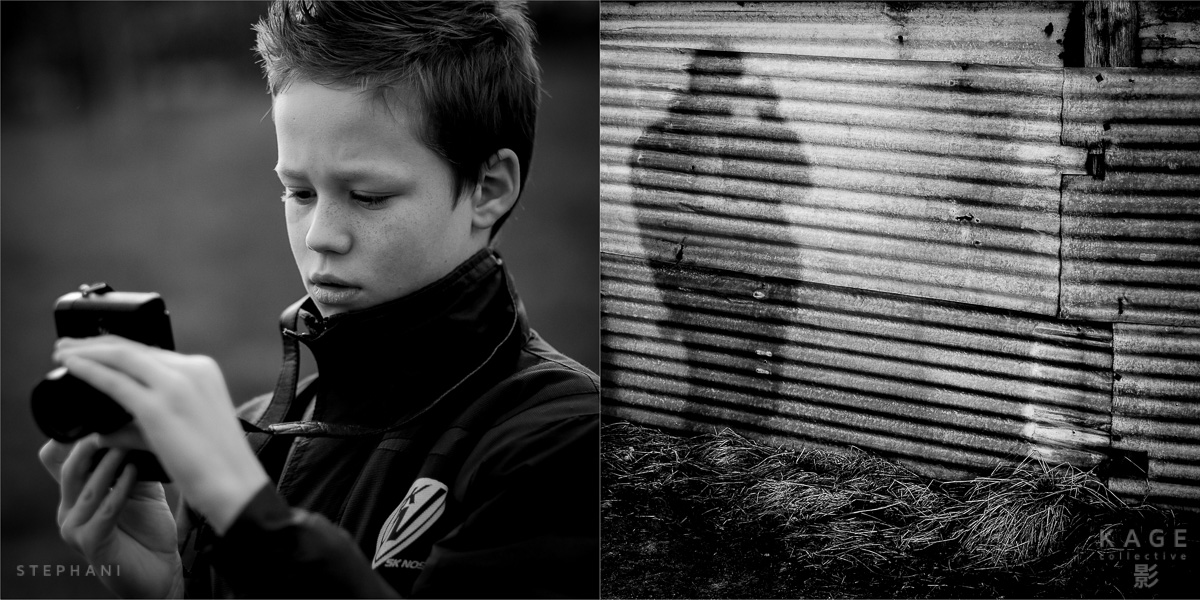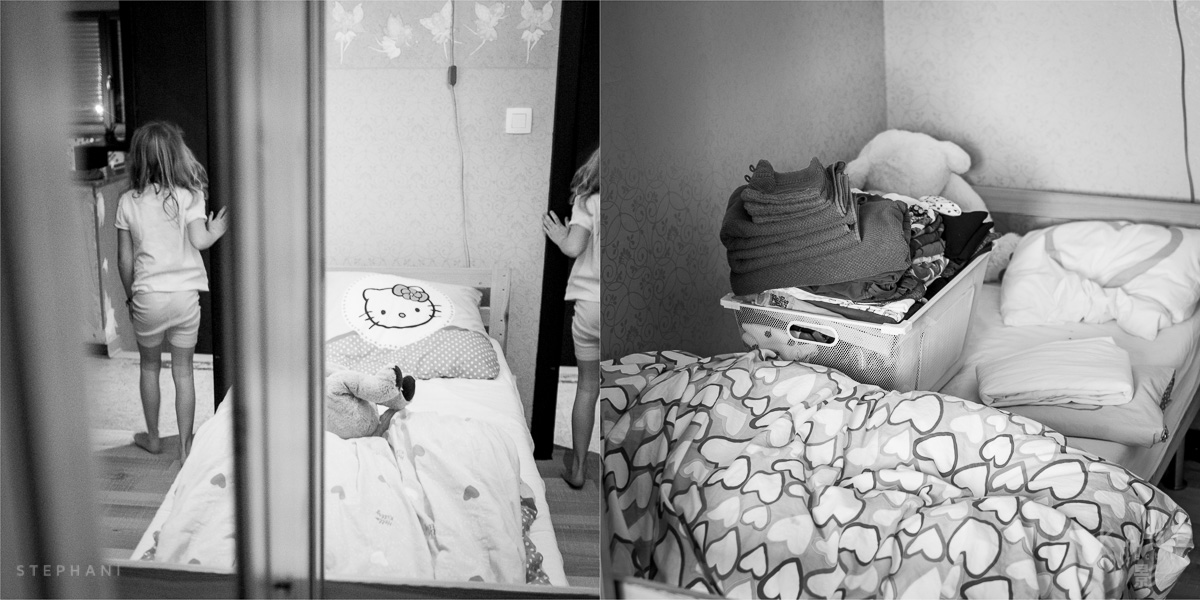Text & photography by Kevin Mullins
As a photographer we are the visual storyteller, we are, in essence a witness. A “curator of memories”, I like to tell my clients.
On a daily basis we photograph the seemingly mundane, the seemingly sad and the seemingly happy. We photograph every day events and we are making memories, forever, of the world unravelling its rich little tapestry.
Occasionally, this role leads us down a path full of unexpectedly tender twists and turns. One of, perhaps, the most natural events to occur, childbirth, is often fêted, often talked about but rarely captured.
I spent seven hours in the presence of strangers, photographing the planned caesarean birth of their daughter.
Many will think this is a voyeurism too far, but remember we are the “curators of memories”.
This, right here, is the dawn of memory.
In fact this, right here, is life.










































































